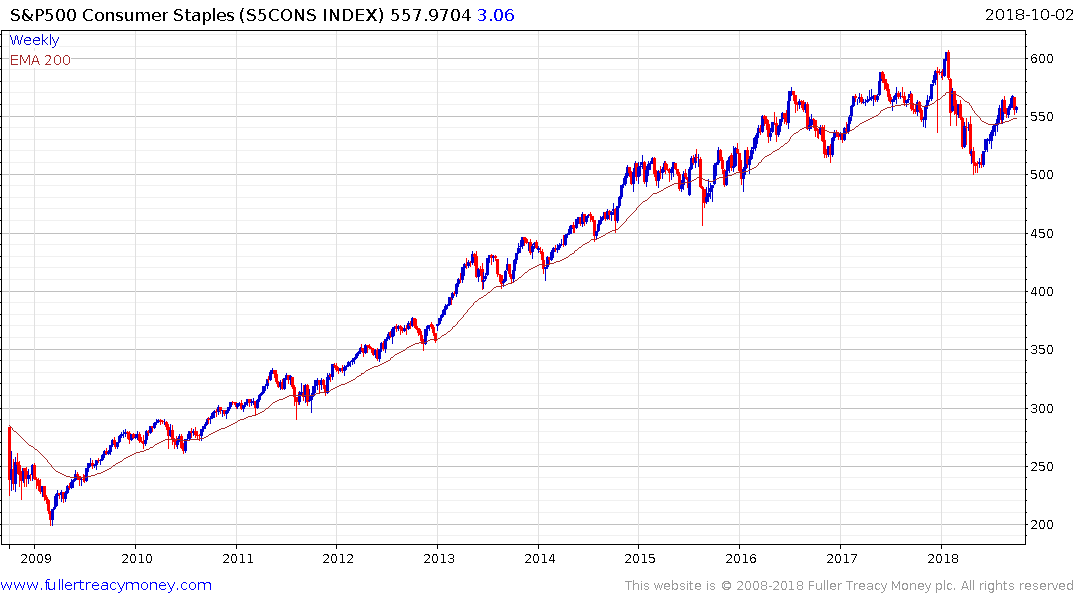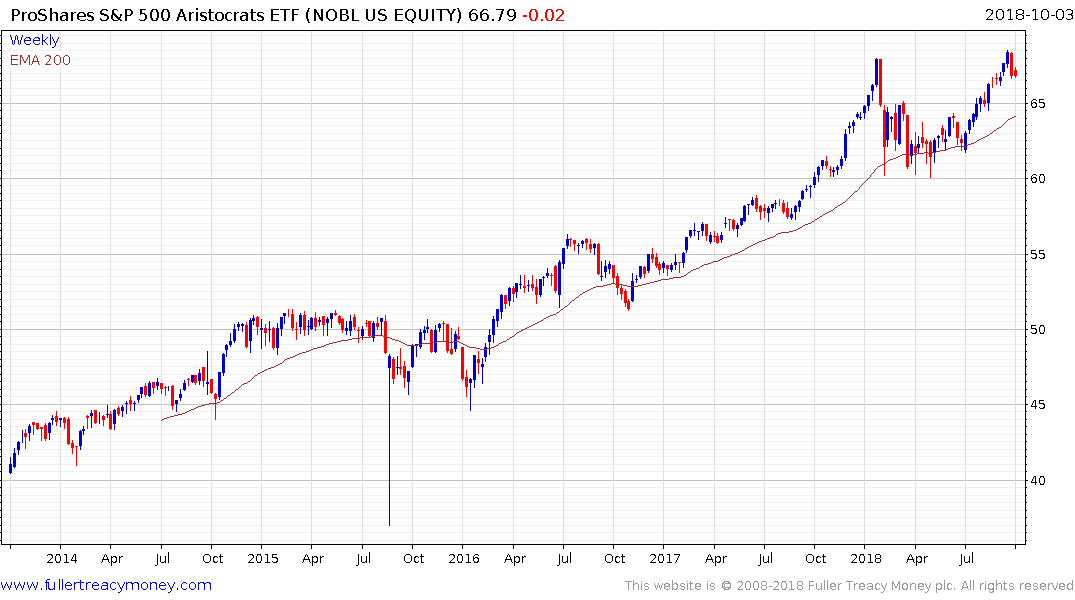Email of the day on half the world is now middle class
This article in today's Times of London gives statistical baking to your theory of rising real living standards in the developing world. It also backs up Stephen Pinker's arguments in Enlightenment Now
Half the world now middle class as living standards rise in East by Greg Hurst
With more consumers having money for white goods and entertainment, the number of people regarded as middle class has outstripped other demographic groups for the first time With more consumers having money for white goods and entertainment, the number of people regarded as middle class has outstripped other demographic groups for the first time
More than half the world’s population is now middle class, researchers have calculated. The tipping point was reached when the number of people who qualify as middle class nudged to just short of 3.6 billion, presenting vast new markets for businesses but creating rising expectations of public services.
The proportion is higher than the 3.1 billion considered to be economically vulnerable and the 630 million who live in poverty. A further 200 million people were classed as rich. The analysis was done by World Data Lab, a social enterprise based in Austria that provides economic and demographic forecasts.
It classified people as middle class if they had discretionary income to spend on large consumer items such as refrigerators, washing machines or motorcycles, if they paid to go to the cinema or for other forms of entertainment, and if they went on family holidays.
Researchers assumed that this group had accrued enough resources to be reasonably confident that they could withstand an economic shock, such as illness or a period of unemployment, without slipping into financial insecurity.
Researchers used information about income and spending surveys from 188 countries to classify all households as rich, middle class, financially vulnerable or poor. They argued that too little attention has been given to the global phenomenon of the rise of the middle classes.
While rising living standards mean that one person escapes extreme poverty every second, the analysts calculated that five people a second were entering the middle classes. By 2030, the researchers forecast that the number classed as rich will have grown to 300 million, but the middle classes will have expanded by 1.7 billion to 5.3 billion people.
The number who are financially insecure or vulnerable will have shrunk to 2.3 billion and those living in extreme poverty to 450 million, they predict. They categorised the poor as those living on or below $1.90 (£1.50) a person a day; the financially vulnerable are those living on $1.90 to $11 a day, using figures on purchasing power from 2011. Middle-class spending could go up to $110 a day, above which level people were classified as rich.
Rising incomes in Asia account for the march of the middle classes, with nine in ten of the new middle-class consumers predicted to be in China, India and south and east Asia. Kristofer Hamel, chief operating officer of World Data Lab, said: “We are living through a landmark moment in human history: the first time since agricultural civilisation began when the majority of the world’s population does not live in considerable poverty. “While spending $11 a day or more may not seem like much to those who live in developed economies, crossing this threshold often constitutes the beginning of basic middle-class behavior and lifestyle; having a basic standard of sanitation and healthcare, decent housing and the possibility of improved educational outcomes.”
Thank you for this email which as you say gels with our view that the glass is half full for an increasingly large number of people. China is now one of the largest countries in the world and on any gauge that matters approximately a middle-class standard of living for an increasingly large swathe of the population.
Over the course of the next decades it is in India and Africa that we need to look for the most progress. They have the highest young populations, with the both the greatest potential and need for improving standards of governance to achieve economic development.
Narendra Modi’s government has been roundly criticised for the slow pace of change but he has presided over the largest toilet building program in the nation’s history. Sanitation is one of the most fundamental building blocks if a country is to succeed in lifting the majority of its population out of poverty.

The consumer staples sector is full of companies with global franchises and the heft to move early in emerging consumer markets. It was that global orientation and the bond-like characteristics of their cashflows which propelled the sector higher in a consistent manner until the last 12 months. Now, rising bond yields represents competition for yield investors. However, it is the sector’s dividend growth rates that offer some of the best hedges against the risk in bonds if lower prices are sustained.

The ProShares S&P500 Dividend Aristocrats ETF has a 1-year dividend growth rate of 19% and a 3-year average of 13.72% but the dividend yield is only 2.06%. the price is currently pausing in the region of the January peak and a sustained move below the trend mean would be required to question medium-term uptrend consistency.


